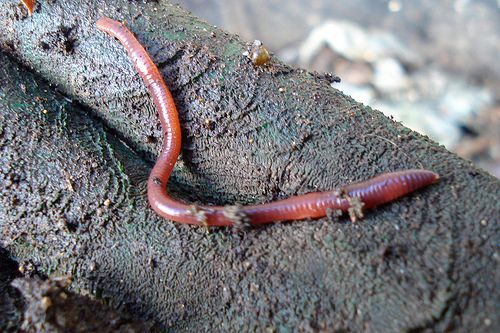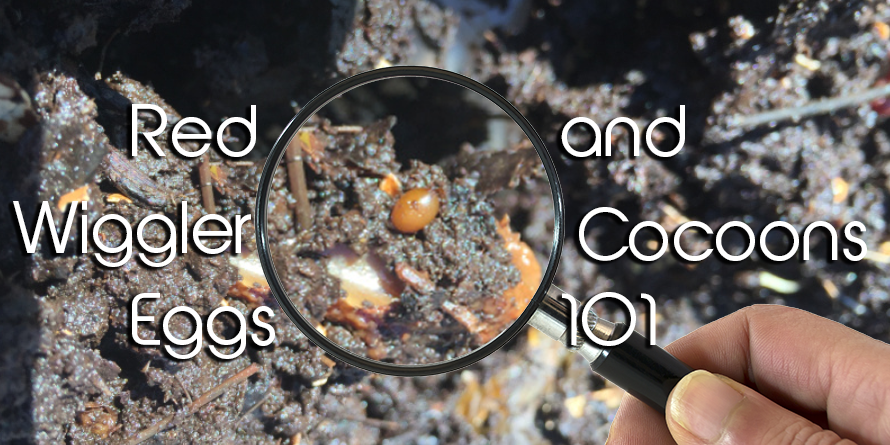Red Wiggler Express: Premium Worms Delivered Conveniently
Red Wiggler Express: Premium Worms Delivered Conveniently
Blog Article
Red Wigglers: The Unsung Heroes of Organic Waste Recycling
Red wigglers, or Eisenia fetida, serve as essential representatives in the organic waste recycling procedure, changing discarded products into important vermicompost. As the globe progressively seeks solutions to deal with waste buildup and enhance agricultural productivity, recognizing the function of these worms ends up being important.
What Are Red Wigglers?
The amazing durability of red wigglers, scientifically referred to as Eisenia fetida, highlights their vital role in natural waste recycling. These small, reddish-brown earthworms are usually found in decaying natural matter, such as compost heaps and manure lots. Lake Hickory Bait. Unlike various other earthworm varieties, red wigglers grow in nutrient-rich settings and are extremely reliable at damaging down organic materials, making them crucial for vermicomposting

(Lake Rhodhiss Bait)Along with their role in waste reduction, red wigglers add to dirt wellness by improving soil framework and aeration with their tunneling activities (Lake Hickory Bait). Their existence in composting systems not only boosts decay rates but additionally promotes a sustainable approach to squander monitoring, showing their importance in eco-friendly conservation initiatives
Benefits of Composting With Worms
Composting with worms, specifically red wigglers, provides countless benefits that enhance both waste monitoring and dirt health and wellness. These worms successfully damage down natural waste, transforming it right into nutrient-rich vermicompost that enhances soil. This procedure increases disintegration, permitting a much faster recycling of kitchen area scraps and other natural products contrasted to traditional composting methods.
Additionally, the vermicompost created by red wigglers is bursting with useful bacteria, which assist boost dirt structure, aeration, and wetness retention. This improves the overall health of plants, advertising energetic growth and boosted yields in gardens and farming setups. In addition, making use of worms in composting minimizes the manufacturing of greenhouse gases, such as methane, adding to a more lasting waste administration system.

Exactly How to Begin Vermicomposting
Establishing a vermicomposting system is a like it straightforward procedure that can produce substantial advantages for both waste monitoring and soil enrichment. To start, choose a suitable container, such as a plastic container or wooden box, with ample air flow openings to make sure proper airflow. The dimensions should preferably be about 2 feet by 3 feet, allowing ample room for the worms to thrive.
Next, prepare bed linen product, which can contain shredded newspaper, cardboard, or coconut coir. This bed linens needs to be moistened to create a suitable environment for the worms. Once the bed linen remains in place, present red wigglers (Eisenia fetida) into the bin, normally around one extra pound of worms for every single square foot of area.
Adhering to the positioning of worms, include organic waste, such as fruit and vegetable scraps, coffee premises, and smashed eggshells. With these steps, you will successfully launch a vermicomposting system that adds to lasting waste management and enriches your soil.
Keeping a Healthy Worm Container
(Red Wiggler Express)Maintaining a worm container prospering calls for regular attention and care to ensure the wellness of the red wigglers and the effectiveness of the composting procedure. Correct maintenance starts with keeping an eye on the moisture degrees; the container must perspire but not saturated. An excellent general rule is to preserve a consistency comparable to a wrung-out sponge.
Gently blending the bedding and food scraps every few weeks prevents compaction and makes certain that all worms have access to oxygen. In addition, it is crucial to feed the worms appropriately.
If the container becomes also hot or chilly, the worms might become worried. By vigilantly handling these variables, one can preserve a durable and efficient worm container.
Effect On Lasting Living
The effective maintenance of a worm container not only profits the health of red wigglers however likewise contributes significantly to lasting living practices. By recycling natural waste, such as kitchen area scraps and backyard debris, red wigglers assist divert considerable quantities of material from garbage dumps. This reduction in waste not only decreases greenhouse gas exhausts yet also decreases the environmental burden related to waste monitoring.
Additionally, the spreadings generated by red wigglers function as a nutrient-rich organic plant food, improving soil health and wellness and promoting plant development. This all-natural choice to chemical fertilizers supports sustainable agriculture and gardening methods, decreasing dependence on synthetic inputs that can harm communities. In addition, worm composting cultivates understanding of waste management, encouraging individuals and areas to embrace more lasting habits.

Verdict
In recap, red wigglers act as crucial factors to natural waste recycling through their reliable decay of natural materials. Their ability to generate nutrient-rich vermicompost enhances dirt wellness and sustains lasting farming practices. By incorporating vermicomposting right into waste management techniques, individuals and communities can considerably decrease waste while advertising ecological sustainability. The duty of Eisenia fetida in promoting healthy environments underscores the relevance of these microorganisms in accomplishing lasting living and improving dirt fertility.
Report this page